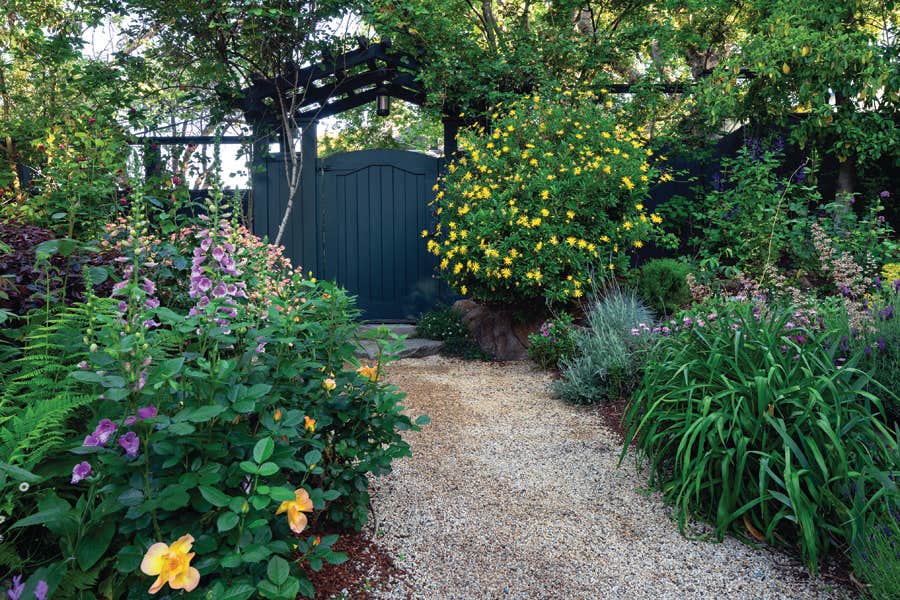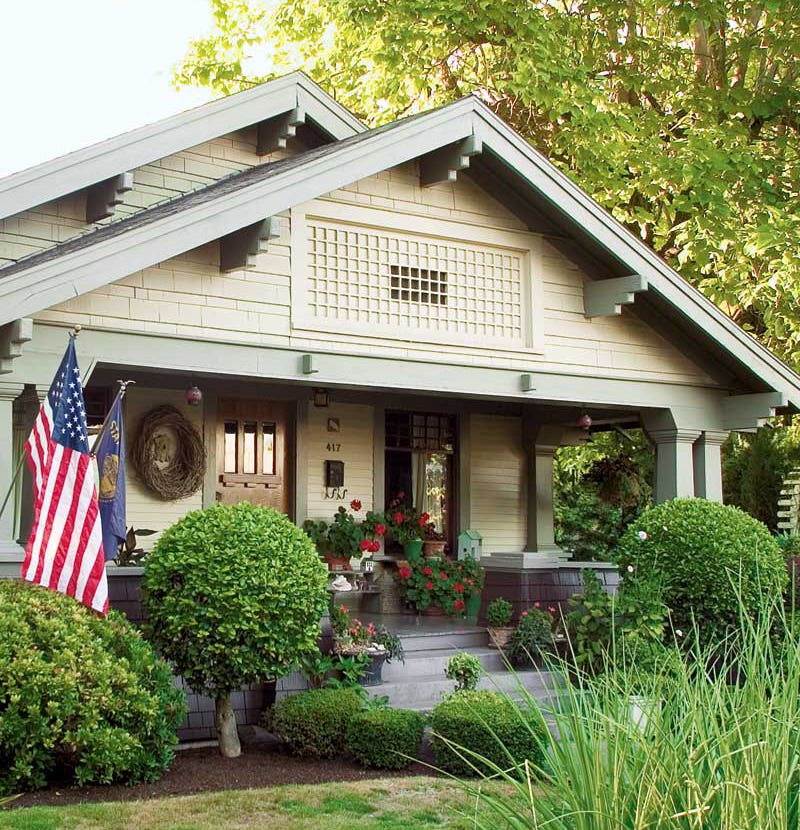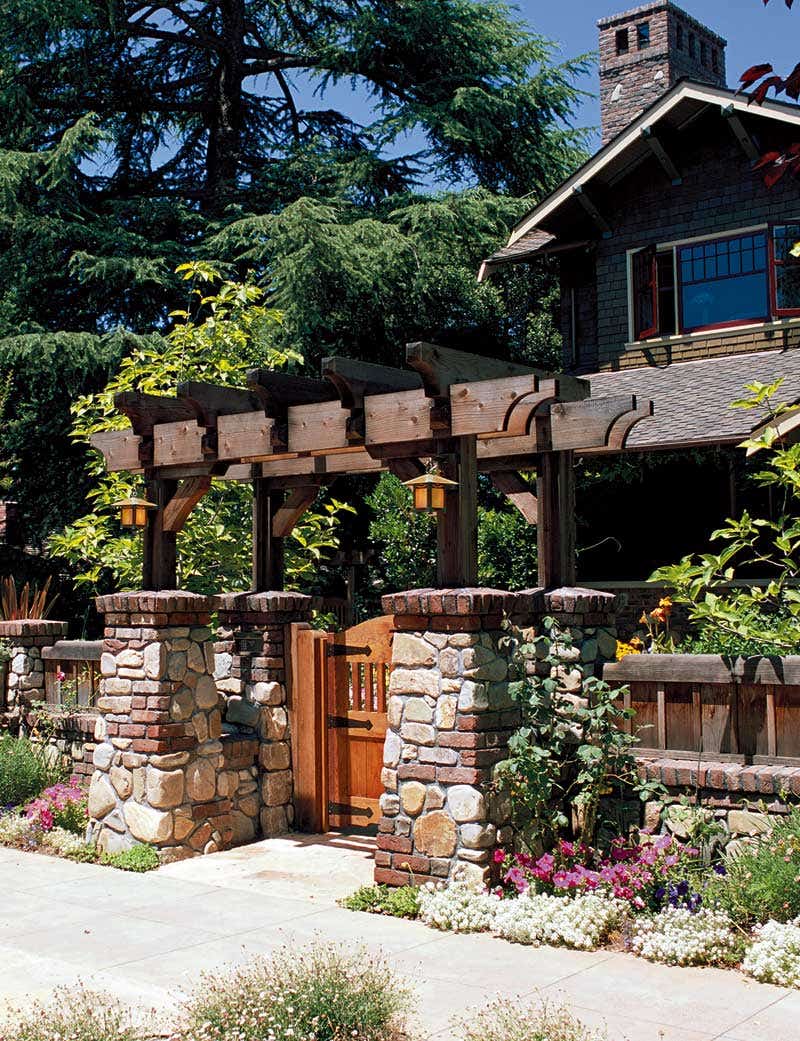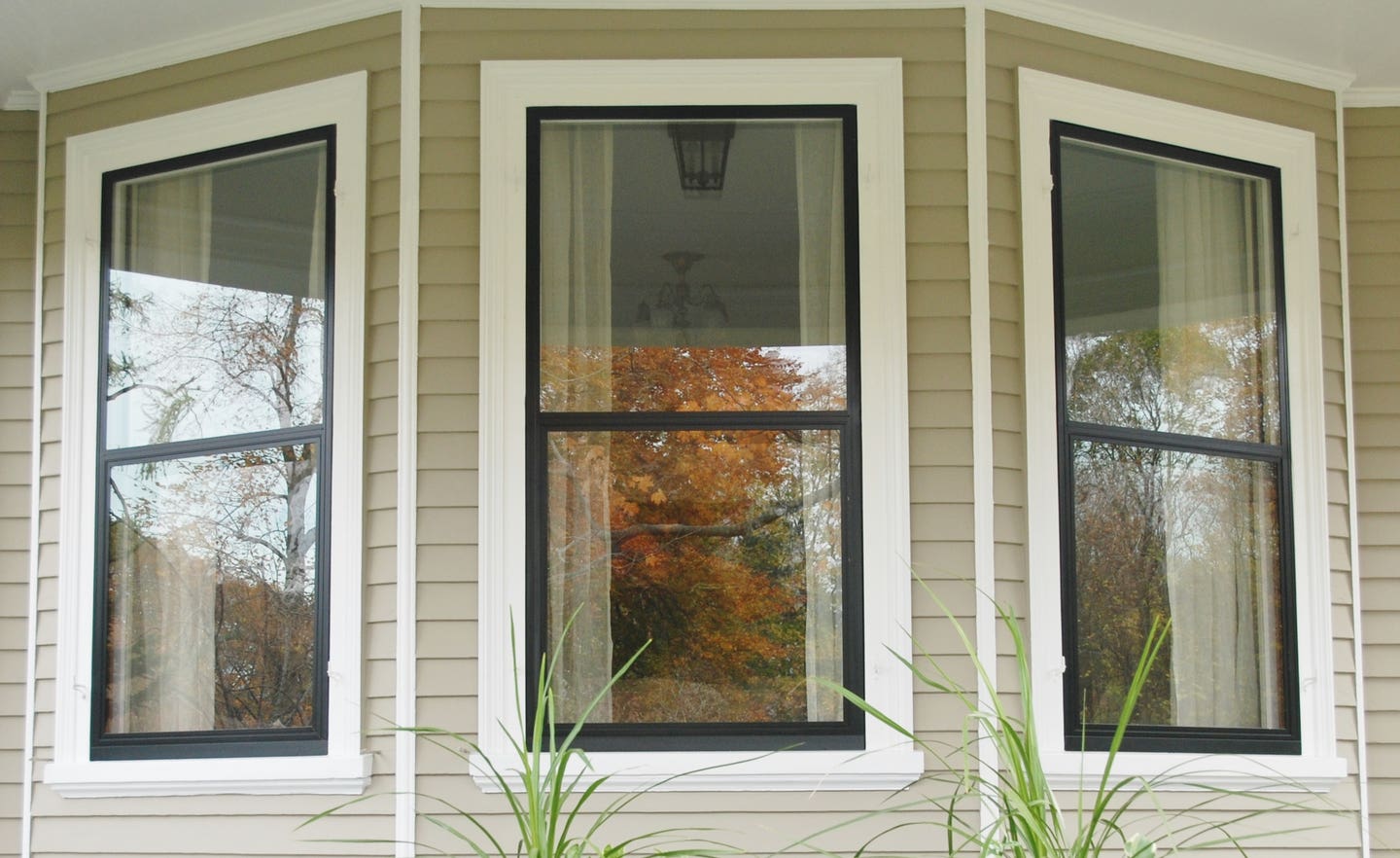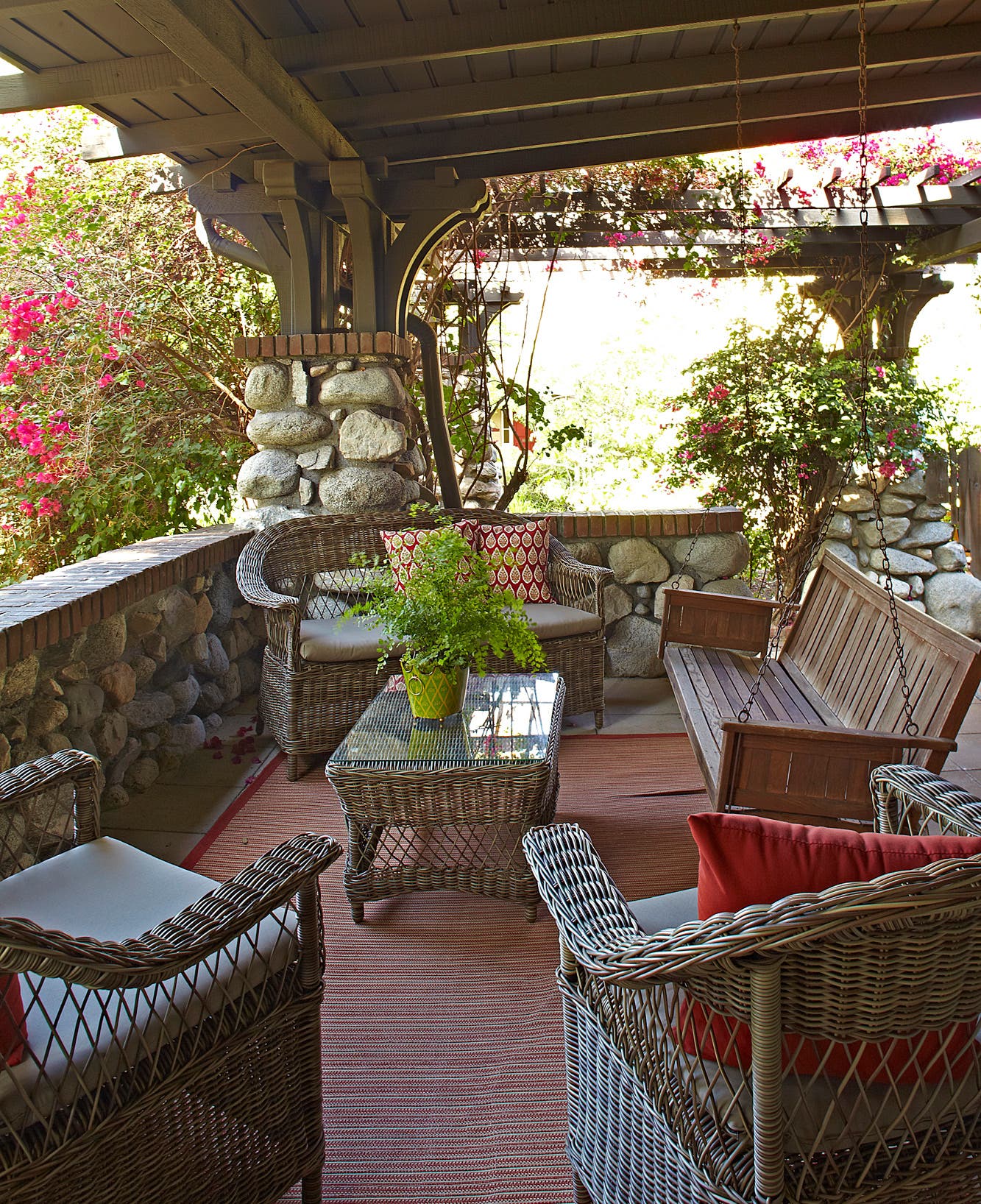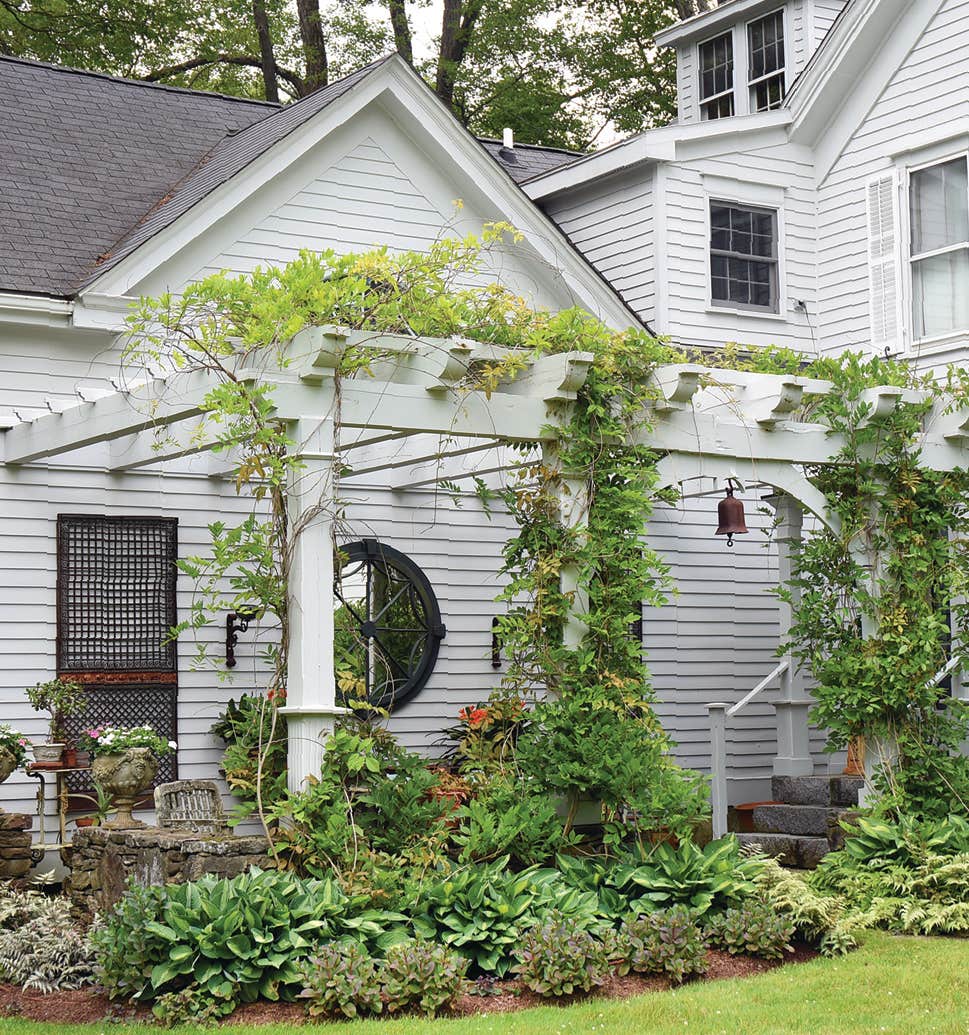Windows & Doors (on the inside)
Choosing new or replacement doors and windows that look right on the exterior façade is how most people think of the task. But, especially in retrofitting to an old house, it’s just as important to specify units that don’t clash with interior woodwork and the décor.
Most doors and windows are sold on the basis of how they will look on the outside of the house. Manufacturers have stepped up their offerings in recent years, enticing prospective buyers with entry doors in a choice of a dozen or more wood species, and built-to-order windows in hundreds of stock and custom colors or wood tints. But how well do these products do when it comes to matching your interior décor, specifically existing casing and built-in elements like paneling?
For those with homes where all the trim is painted white, the choice is fairly simple. Once you’ve decided on the door profiles and window configurations, just pick the white finish that’s the closest match (JELD-WEN offers four different whites on its AuraLast windows and patio doors, for example). Or paint the primed wood yourself once the units are installed.
You may find too much choice when it comes to selecting an entry door. A single manufacturer may offer up to 50 door designs (although only one or two will likely be “right” for your house). Next, move on to woods (perhaps five to a dozen species, plus custom wood options, all from a single manufacturer). Finally, choose a finish from 40 or more color options and up to a dozen stains. That’s before you’ve considered a selection of sidelights, fanlights, or stained-glass inserts, all of which are available from makers large and small. (Hint: when in doubt, keep it simple.)
The best way to ensure that a new replacement door will coordinate well with existing woodwork is to choose wood of the same species (preferably with the same cut and density), or a wood typical of the region where the house was built. Vintage Doors offers replacement doors in more than a dozen species that tend to be place- and period-specific, including both red and white quarter-sawn oak, Eastern white pine, poplar, and Douglas fir. Homeowners with original chestnut paneling or gumwood window casings will probably need to compare and contrast wood species from several makers, then tweak the final finish with half a dozen stain possibilities before they’re ready to place an order.
If your home is architecturally significant or very early, custom work by a company that specializes in period millwork, like Cooper Historical Windows, might be the best option. They can turn out unique styles that are difficult or impossible for manufacturers to make, like batten doors.
Typical choices for interior (or passage) doors include clear grades of pine, knotty alder or knotty pine, Douglas fir, oak, cherry, hemlock, poplar, and mahogany. If you prefer painted passage doors, molded, fireproof doors have never been more affordable. One of the most popular styles, alternately described as “Shaker” or “Craftsman”, is a three-panel “T” door with a strong vertical stile that intersects with a rail at chest height. The door can be dressed up with dentils and glass inserts for exterior use, or stained or painted as an interior passage door.
A new option from JELD-WEN allows the buyer to choose from four different molding profiles on raised- and flat-panel interior doors. They include two styles familiar to owners of period homes: beaded sticking, a treatment that adds a beading detail to raised-panel doors (common in Federal and Colonial Revival homes); and Craftsman sticking, a crisp, flat-panel edge found in homes of the Arts & Crafts era.
Windows typically come in fewer wood species, with pine and cedar the default options, although higher-end manufacturers offer Douglas fir, mahogany, and other hardwoods. Custom windows can be made to match any wood you specify—for a price. If your window installation will include new trimwork around the windows, look for a manufacturer with a variety of molded casing profiles. Heartwood Fine Windows & Doors, for example, offers nearly 50 different profiles of 3" to 3 1/3" interior casing. Any custom shop can whip up period replicas to match existing trim.
Mary Ellen Polson is a creative content editor and technical writer with over 20 years experience producing heavily illustrated know how and service journalism articles, full-length books, product copy, tips, Q&As, etc., on home renovation, design, and outdoor spaces.



